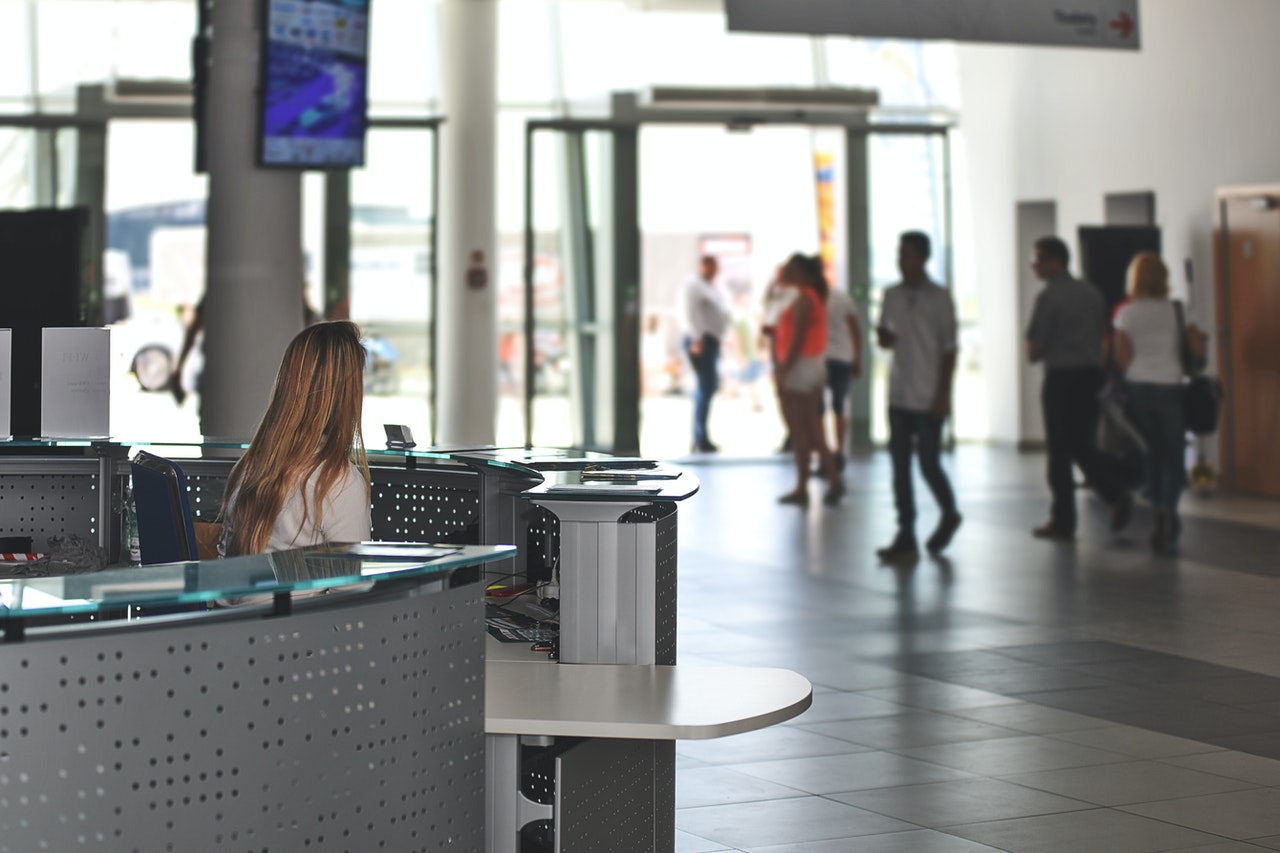How to set up emergency remote work
Published

Published

RemoteScout24 · Published 2022-04-08 22:12:40.0
RemoteScout24 · Published 2022-04-08 22:12:40.0
RemoteScout24 · Published 2022-04-08 22:12:40.0
RemoteScout24 · Published 2022-04-08 22:12:40.0



